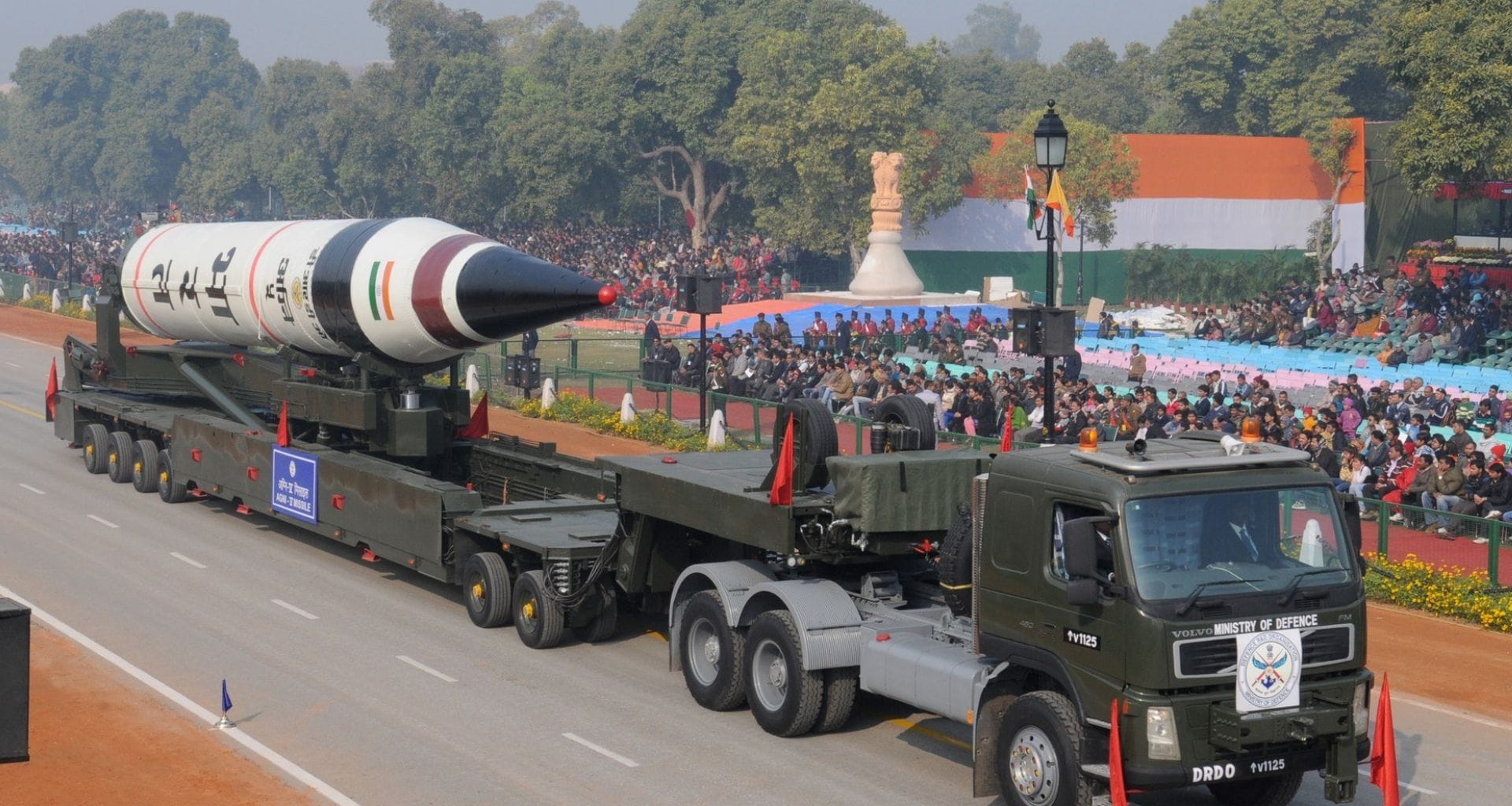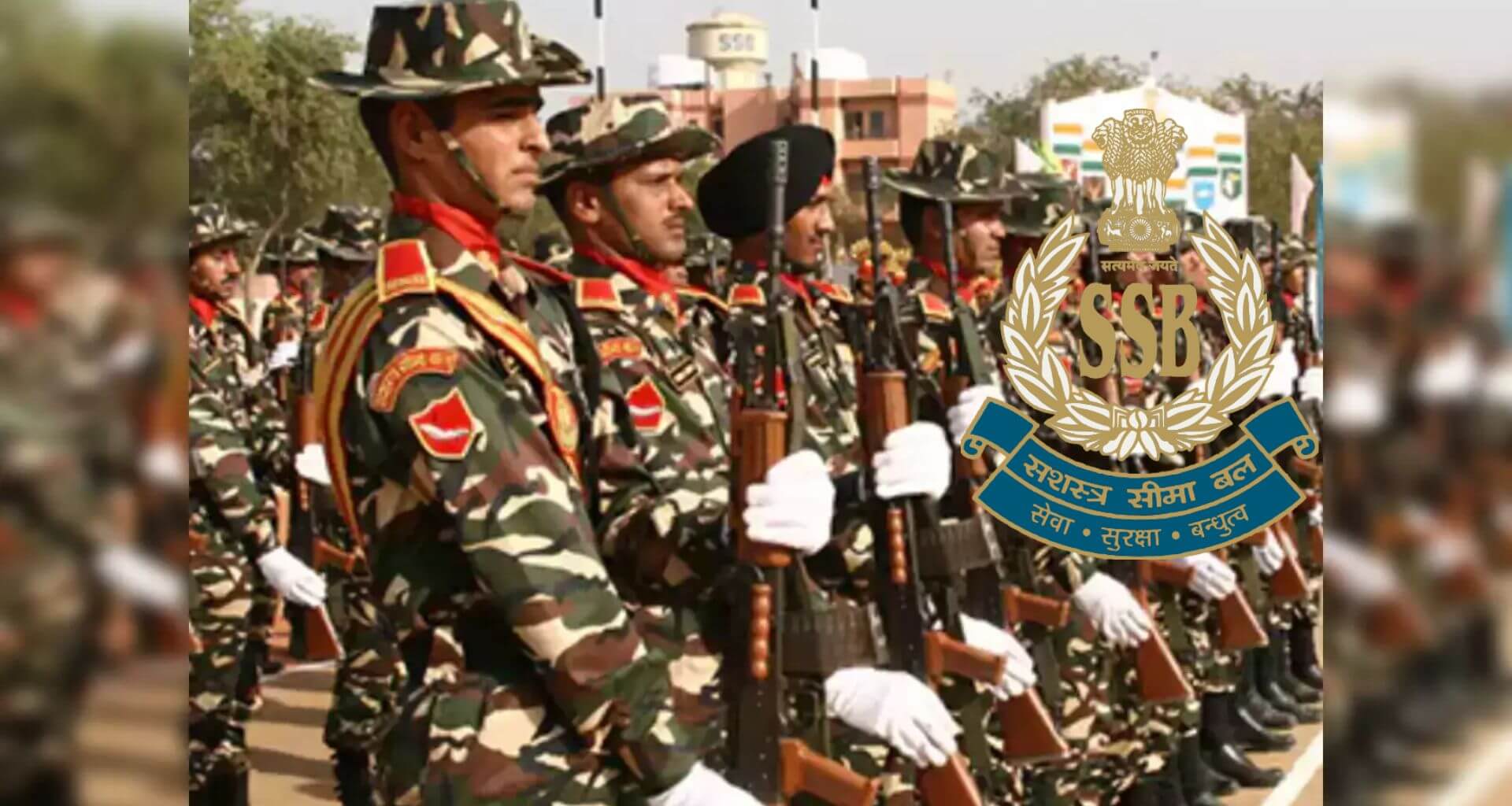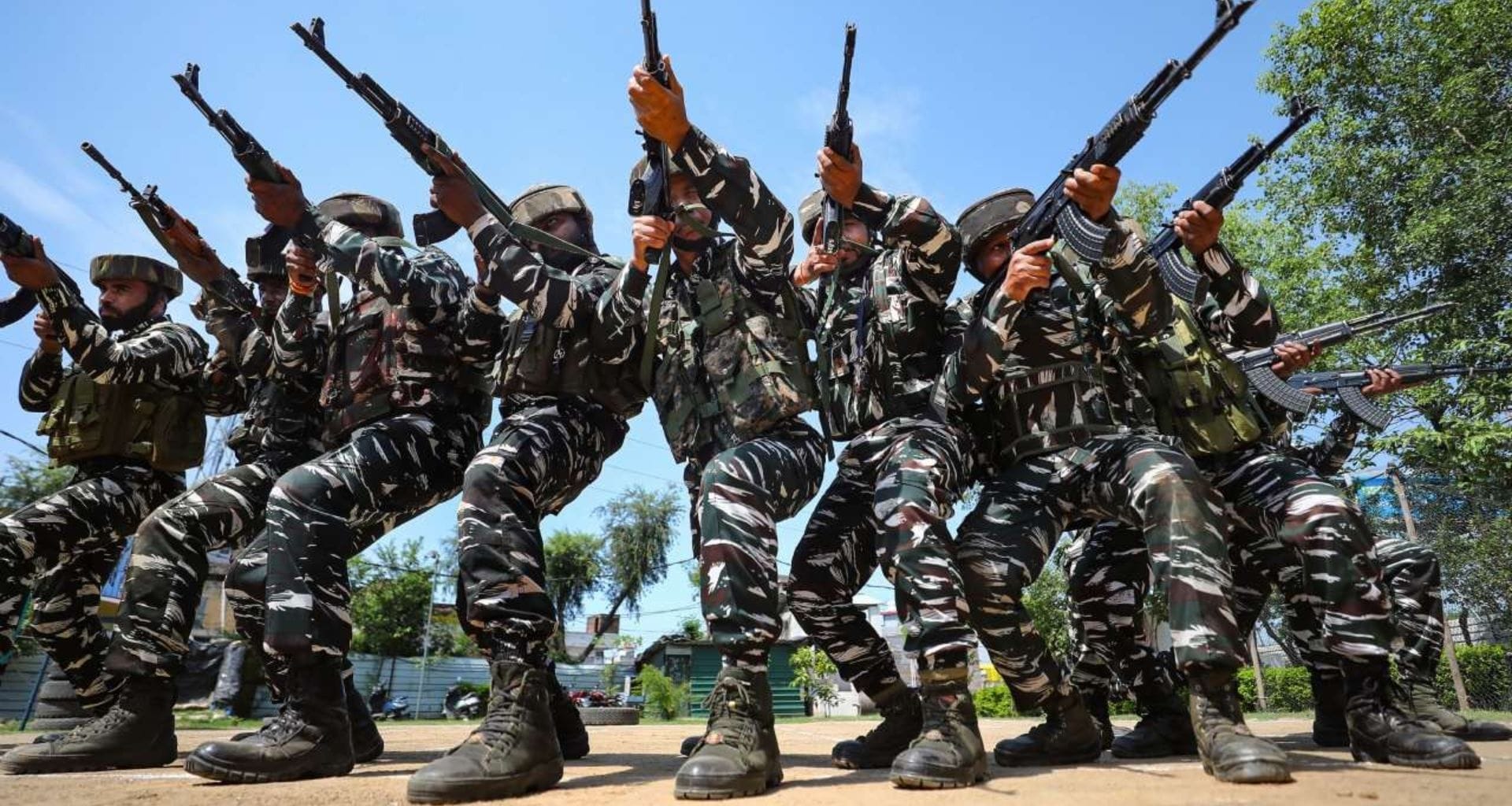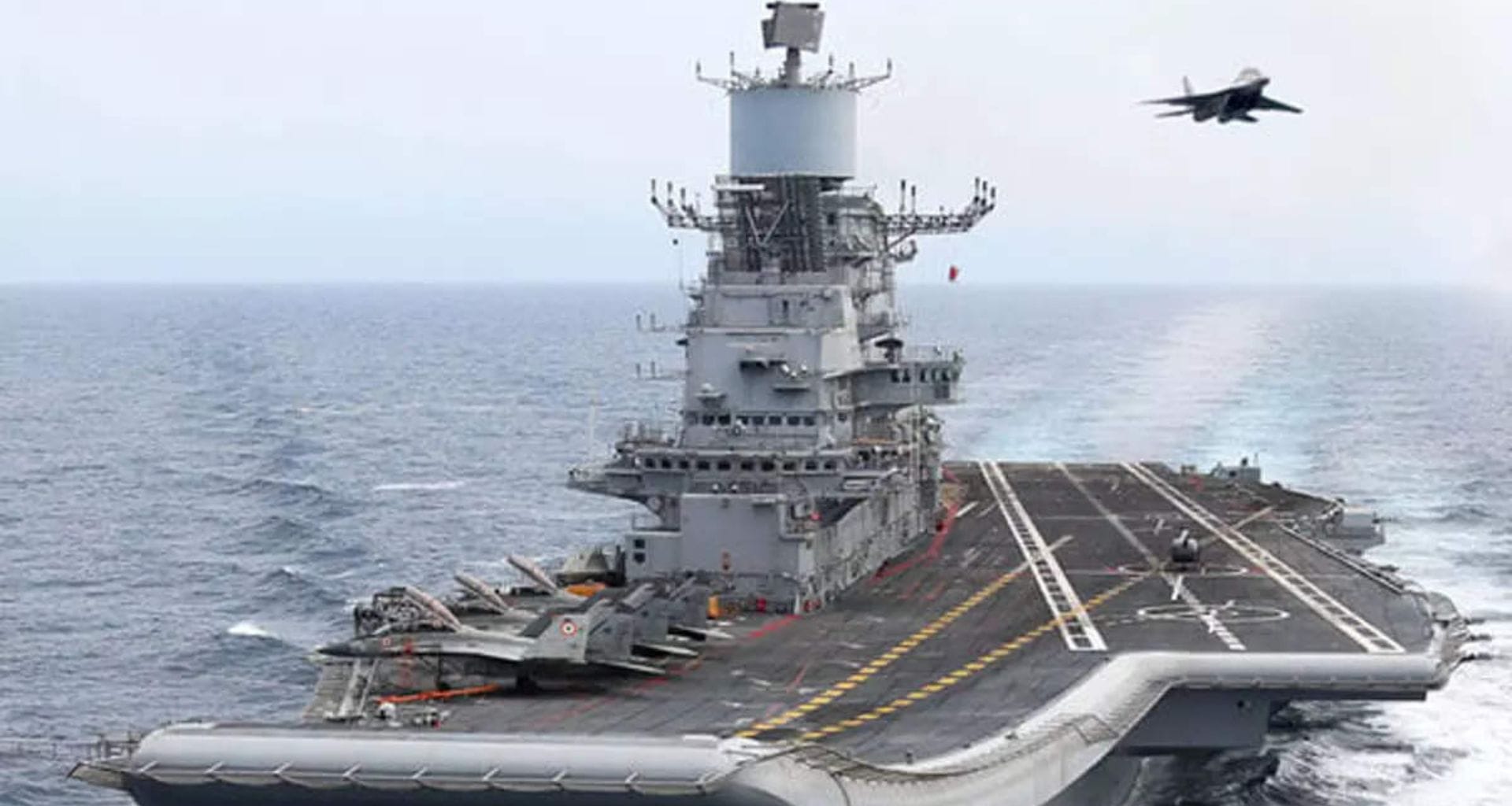Strategic Forces Command Facts – Indian Armed Forces have the Strategic Forces Command, a strategic arm specifically having care for the country’s nuclear arsenal and strategic deterrence capabilities. The paper follows on the history of SFC, its accomplishments, capabilities, challenges, age limits, ranks, weaponry, powers, and future.
History of SFC: Historical Background
Formation and Development
India sought to enhance its nuclear deterrence by setting up the Strategic Forces Command in January 2003. The SFC was envisioned to assume command of India’s nuclear force and strategic arsenal, with command authority over the military nuclear arsenal. This was a significant step toward furthering a more programmatic and strategic nuclear program in India.
Milestones – Strategic Forces Command Facts
- 2003: Established the SFC.
- 2006: The SFC tested Agni-III, which was one of the advanced missiles tested by India for its first time.
- 2014: Induction of INS Arihant marked one of the giant leaps into the advance by the SFC as an indigenous nuclear powered submarine.
- 2019: Test of ASAT (Anti-Satellite) capability reflected the level of sophistication in India’s strategic capabilities.
Success Stories of Strategic Forces Command
Readiness Operationally
The SFC has always sustained high standards of operational preparedness. It has done various missile tests with great success, and multiple systems of India’s evolving nuclear triad are expressed through land, air, as well as sea-based delivery systems.
Technological Advancement
The SFC has been at the center of numerous technological strides in missiles for achieving credible and reliable deterrence
Agni Series: SFC has designed, developed and launched successfully several ballistic missiles in the Agni series with different ranges and payload capacity. Major variants include:
- Agni-I: The short-range missile has a range of about 700 km.
- Agni-II: Medium-range missile with a range of approximately 2,000 km.
- Agni-III: Intermediate missile capable of hitting the target within a range of up to 3,500 km.
- Agni-V: It is one of the world’s long-range missiles which would have an increased range above 5,000 km, capable of hitting parts of Europe and Asia.
International Collaboration
SFC has held strategic dialogues with many countries. They have enhanced their strategies by collaboration and knowledge exchange with the international relations established in missile technology, nuclear policy, and defense strategies.
Capabilities of Strategic Forces Command
Nuclear Triad – Strategic Forces Command Facts
The SFC establishes a credible nuclear deterrent through the development of a triad system. This triad includes the following:
1. Land-Based Systems
- Agni Missiles
- Prithvi Missiles: Battlefield ballistic missiles
2. Air-Based Systems
- Nuclear Capable Bombers
- Indian Air Force can deliver through any aircraft such as Su-30MKI.
- Long-Range Strategic Bombers: The air-delivery technology advancements have significantly diversified the SFC.
3. Sea-Based Systems:
- INS Arihant: A nuclear-powered ballistic missile submarine that enables India to enjoy a strength in its second strike, or survivability after nuclear war.
- Future Submarine Programs: Ongoing programs to launch much more advanced submarines further strengthening sea-based deterrence…
Command and Control
The SFC is instituted under a highly robust command and control structure that ensures
- Nuclear Security: It has robust mechanisms for checking infiltration and acquisition of nuclear weapons.
- Quick Response Capability: The SFC ensures an instantly deployed deterrent force that will meet capability needs at all times.
Challenges Faced by the Strategic Forces Command
Technological Development in the Hands of the Adversaries
The main challenges India is facing are the war-promotion efforts from the neighboring countries, especially China and Pakistan. Both these countries do not hesitate to enhance their nuclear as well as missile technologies, for which India has to remain constantly working towards an up-gradation of its nuclear as well as missile technologies.
Budgetary Constraints
The budget will affect modernisation and upgradations. This calls for a budget that can ensure researches and development inputs in large quantities to win in the strategic landscape.
Political and Diplomatic Challenges
Challenges to the SFC in the international discourse on nuclear non-proliferation: Balancing international relations with a credible deterrent.
Age Limit and Recruitment in the Strategic Forces Command
Age Limits for Recruitment
The SFC is basically utilising personnel from the Indian Armed Forces. Normally, the joining age in the SFC differs with the branch as well as the service from which personnel are being drawn. Normally, the joining age for recruitment of personnel into the Indian Armed Forces is as under:
- Officers: Typically between 19 to 25 years while higher in case of lateral entry and experience holders.
- Non-Commissioned Officers: The age limits are the same but varies with specific requirements.
Career Progression and Grades – Strategic Forces Command Facts
The ranks in SFC are structured in a manner that provides for career progression. Upgradation in ranks is based on experience, sound performance, and education pursued. Command is solely administered by officers from the Indian Army, Navy, and Air Force to take up various wings of their concern:
Commissioned Grades
- Major: It has also been the rank from which officers have joined SFC also.
- Lieutenant Colonel: Provides command over some components of operation.
- Colonel: He oversees the commanding of large units or an essential strategic function.
- Brigadier: A general officer overseeing a significant operational component of the SFC.
- Major General: He is an senior officer with the responsibilities of broad command across strategic forces.
- Lieutenant General: He is a senior ranked officer accountable for strategic decision-making and operational readiness.
- General: He is the most senior rank and thus, in charge of the overall command of the SFC.
Non-Commissioned Ranks
Non-commissioned ranks typically consists of all the technical and support personnel which is required in the execution of the command.
Strategic Forces Command Capabilities and Armament
Missiles and Delivery Systems
The SFC has fitted a variety of ballistic and cruise missiles capable of strategic deterrence:
1. Ballistic Missiles:
- Agni Series: It has already been discussed that Agni is the basis of India’s land-based deterrent.
- Prithvi Series: These are more tactical missiles which are mostly used in close battle support and in operations in the close vicinity.
2. Cruise Missiles
- BrahMos- A supersonic cruise missile jointly developed with Russia, which can be launched from ships, submarines as well as land platforms.
3. Submarine-Launched Ballistic Missiles (SLBMs)
- K-15 Sagarika – A submarine-launched missile upgrade to boost the SFC’s second-strike capability.
Emerging Technologies – Strategic Forces Command Facts
The SFC remains an evolving force, updating its arsenal of advanced technologies to enhance capabilities in operations:
- Artificial Intelligence: SFC employing AI with command and control systems for decision-making.
- Cyber Capabilities: Improving the security of cyber-based critical information and communications systems.
Powers and Authorities of the Strategic Forces Command
The SFC functions with a high level of authority and power deemed necessary for the task:
Command Authority
- Operational Control: The SFC has operational control of all nuclear strategic forces, which translates to a single entity at the command level.
- Deployment Decisions: The SFC can take strategic decisions on nuclear weapons deployment and use under specific circumstances.
Strategic Policy Making
The SFC brings great contributions to the strategic nuclear policy of India, including a strategy for deterrence, response protocols, and operational preparedness.
Future of the Strategic Forces Command
Technology Advancements
The SFC will focus on cutting-edge technologies that would help it take it to greater heights. Progresses may look like:
- Next Generation of Missiles: Hypersonic missiles are being developed to counter the changing missile that the enemy evolves in.
- Next Generation of Submarines: Investment continues into Nuclear-Powered Submarines with advanced capability in stealth and operation spectrum.
Strategic Cooperation
Knowledge sharing is also important where strengthening of bonds with other nuclear-capable nations is concerned, including missile technology cooperation and shared development of strategic defense projects.
Regional Security Focus
The SFC should, therefore, change its strategies in order to compete with other new emerging security challenges in the region to remain credible in deterring whatever dangers may emerge.
Conclusion
India’s Strategic Forces Command is an important part of India’s defense architecture and is tasked with sustaining credible nuclear deterrence. Its achievements in terms of operational preparedness, technology up-gradation, and formulating strategic policy speak for its critical role in national security. As globalization and regional changes will continue to evolve, the process of modernisation, strategic relationships, and tackling emerging challenges of SFC will be the key to sustaining strategic posture for India.
The awareness among the people about the role and capabilities of Strategic Forces Command should be assisted in bridging in a more potent defense culture in India. It also enhances appreciation for the intricacies of keeping peace and stability in a fast-changing world by acknowledging roles of forces in promoting national security.
Read More: Indian Navy Aircraft Carriers – Guardians of the Seas



